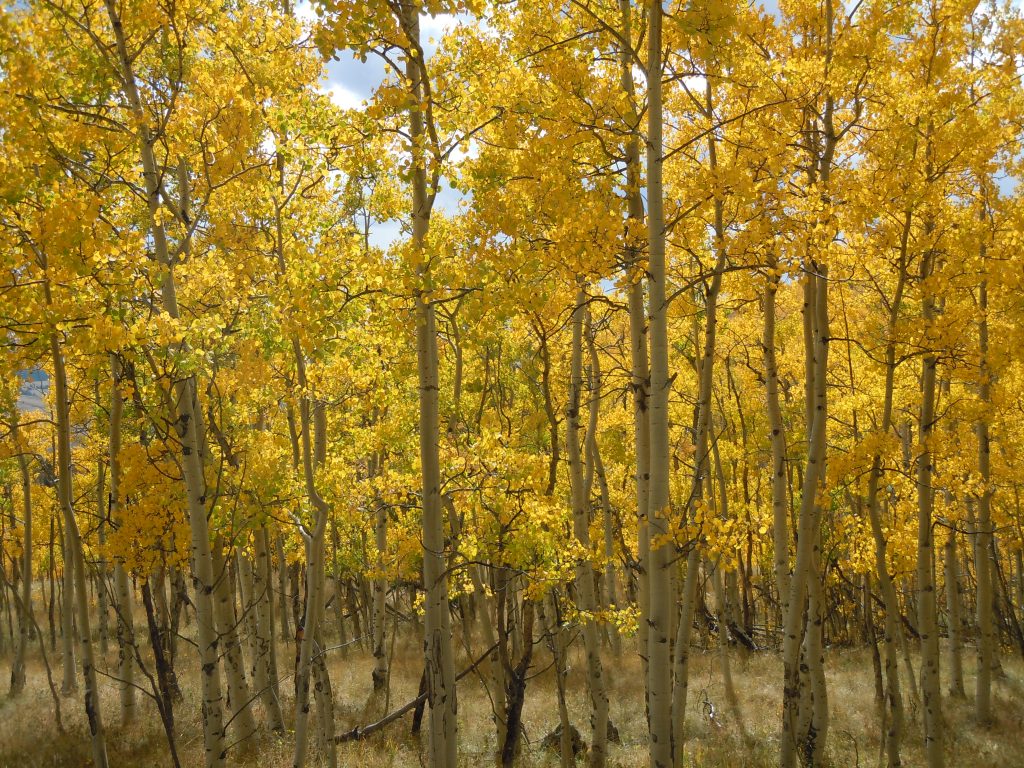Tree Dormancy
- 2021-11-06
- By mkirk
- Posted in The Garden Buzz
By Mae Rauen, Emeritus Master Gardener
Have you ever wondered what happens to trees in the winter? Deciduous trees and shrubs are kept alive by photosynthesis, a process that converts light energy to chemical energy. During the fall when photosynthesis in leaves ceases, woody plants begin to become dormant. Dormancy enables plants to stay alive from one growing season to the next.

A popular idea holds that fall leaf color is brought on by frost. A coloring page for children in the 1950s depicted an impish Jack Frost in the forest with paint brush and buckets of red and gold paint. In fact, fall color is one of the visible signs of woody plants “hardening off” or going into dormancy for the winter.

As daylight hours shorten and temperatures begin to decrease, a tree begins the process of moving into dormancy by slowing growth and ceasing to make chlorophyll in the leaves. Chlorophyll and other forms of pigmentation are the result of light energy conversion. The absence of chlorophyll production allows leaves to lose their green color and display other pigmentation.
A chemical called ABA (Abscisic acid) forms in terminal buds of deciduous trees. The terminal bud is found at the tip of the stem that connects to the leaf. When the acid forms, this signals the leaf to drop off. ABA also suspends growth. This saves a lot of energy when the tree is no longer making food for new energy.
Trees use stored energy after leaf-fall during this resting period or “hibernation.” Roots continue to absorb needed moisture and woody trees and shrubs benefit from fall and winter watering during dry weather. There is some activity above ground in branch tips. Buds for next season’s leaves have already formed. During winter rest, many metabolic and developmental processes occur in buds and twigs.

Coniferous trees and shrubs also enter a dormant phase during fall and winter. Needles (coniferous leaves) are, for the most part, retained. Some needle drop will occur on inner branches of established trees and is normal. Different evergreens have different needle drop cycles. Growth is suspended during dormancy allowing trees to use stored energy sparingly to nurture activity in buds and twigs.
The next time you admire a tree, also admire the intricate steps the tree goes through to keep itself alive.
Horticulture Resources
- Garden Buzz Archives
- CSU Extension Resources
- Colorado Master Gardener Program
- Foothills to Plains Native Plant Master Program
- Native Bee Watch Community Science Program
- The Co-Hort Blog
- PlantTalk Colorado
- Soil Testing
- Plant Select
- Emerald Ash Borer
- Japanese Beetle
- Colorado State Forest Service
- Ask an Expert


